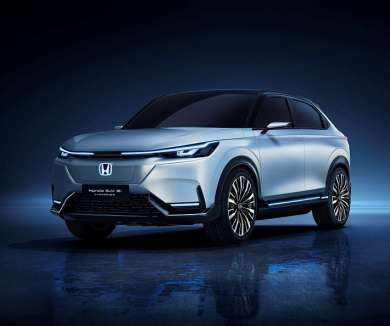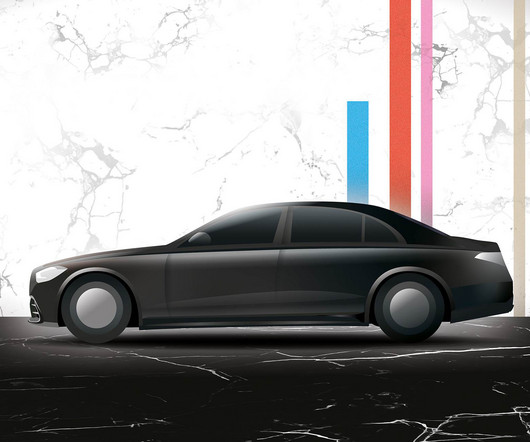Stellantis & Leapmotor joint venture gets approval from Chinese regulator
Teslarati
MARCH 12, 2024
Stellantis and Leapmotor’s joint venture received approval from China’s National Development and Reform Commission (NDRC). With the approval from the NDRC, Stellantis can build and sell Leapmotor electric vehicles (EVs) outside of China, said people familiar with the matter. In October 2023, Stellantis invested €1.5












Let's personalize your content